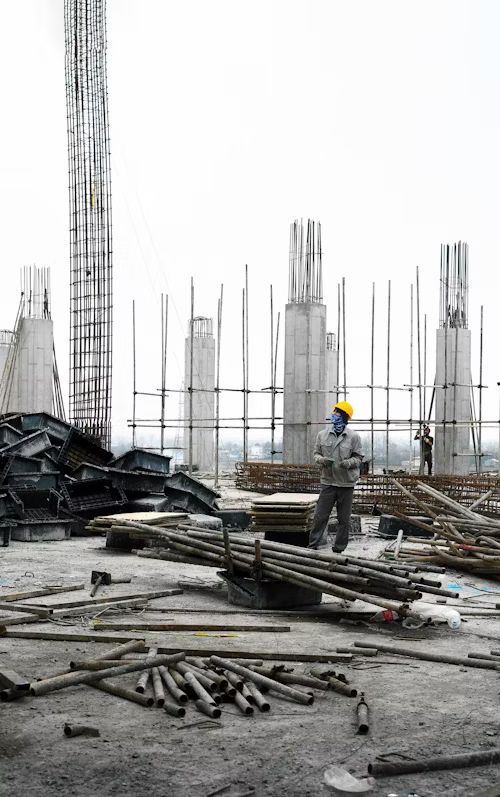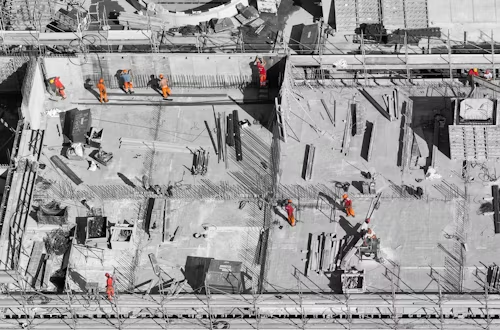
Designing a university building is rarely straightforward—but when multiple universities share the same space, the complexity increases exponentially. Architects must integrate input from a spectrum of voices: deans, department heads, faculty, facilities managers, students, and even donors. When the project involves health sciences facilities—packed with specialized labs and simulation technology—planning must balance today’s needs with decades of future adaptability.

“This annual butter sculpture is more than a fair tradition – it’s a tribute to around 2,800 hardworking dairy farmers across New York State who work tirelessly every day to produce high-quality, nutritious milk and dairy products,” says John Chrisman, CEO, American Dairy Association North East. “Through this sculpture, we honor their contributions to our state's economy, communities, and proud agricultural heritage.”
A standout example is the Wichita Biomedical Campus (WBC)—a collaborative effort involving Helix Architecture + Design, CO Architects, and three academic institutions: Wichita State University (WSU), WSU Tech, and the University of Kansas Medical Center (KUMC). This 350,000-square-foot, eight-story facility will unite a wide range of health-related disciplines under one roof, preparing future doctors, nurses, pharmacists, physical therapists, and medical technicians in a shared, real-world training environment.
The COVID-19 pandemic acted as a catalyst for cooperation. Initially, each institution considered building its own facility. But a combination of rising demand for healthcare education in Kansas and limited financial resources sparked conversations about pooling efforts. The result was a shared downtown campus that will not only transform Wichita’s skyline but also serve as a regional hub for healthcare innovation.
Helix and CO Architects, who have collaborated on multiple medical education projects over the past decade, were jointly selected for the design. Early in the process, the firms conducted a design charrette to align visions. CO leveraged its expertise in medical simulation spaces to lead the overall building design, while Helix focused on interior design and integrating local cultural context.

The three universities established a steering committee—around a dozen representatives—to guide major decisions. Dozens of departmental breakout sessions followed, some involving more than 30 participants, to gather detailed input. Early diagrams explored fully integrated layouts versus institution-specific wings. Ultimately, the consensus was a hybrid approach: dedicated areas for each school alongside shared, high-value spaces such as advanced simulation labs and anatomy facilities.
One of the greatest challenges was ensuring the building’s interiors didn’t favor any single institution’s identity. WSU’s black-and-yellow branding and KUMC’s red-and-blue palette could easily clash. Instead, the designers opted for neutral, warm tones accented with organic textures and subtle nods to both schools’ colors in classrooms, lounges, and meeting spaces.
The building will feature student collaboration hubs, multi-use classrooms, and a public-facing clinic on the third floor. Wayfinding elements are carefully integrated to help students, staff, and visitors navigate seamlessly between private academic areas and public health services.
The WBC’s exterior draws inspiration from Kansas’ Flint Hills, known for their layered geological formations. Terra-cotta panels and horizontal bands of glass create a stacked, “floating” profile. A prominent, street-facing pavilion houses flexible classrooms that can convert into event venues, opening onto a rooftop terrace with city views.
Community connection is central to the design. Public gathering spaces frame views of downtown Wichita, underscoring the campus’ role in revitalizing the city and anchoring a growing health sciences corridor.
When complete, the Wichita Biomedical Campus will stand as both an academic powerhouse and a civic landmark—an embodiment of what’s possible when institutions embrace shared vision over competition.
Originally reported by Clay Phillips in School Construction News.